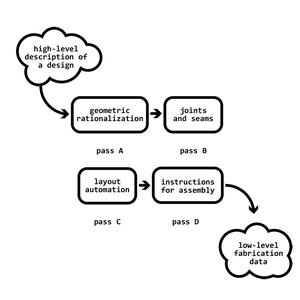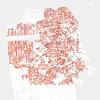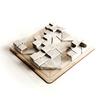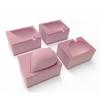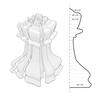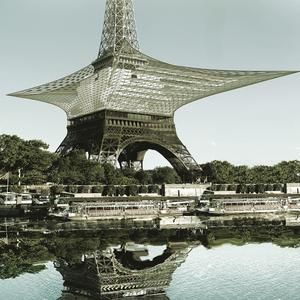
The monuments that litter our cities must be held to account. Too often, they do not serve the infrastructural needs of the public, but rather serve the private interests of privilege. Too often, they do not represent the industriousness of the city's populace, but rather have come to be seen as boondoggles that benefit only the powerful. Too often, these public monuments are not in the interest of the public at all, but rather are some of the most irresponsible actors in the public sphere, contributing significantly to global climate change through inefficiencies of construction and operation. There will come a time when the public asserts its ownership of these monuments, and corrects this misuse of resources through the means by which otherwise powerless publics have historically asserted themselves - through occupation. This thesis speculates on the architecture of this occupation.
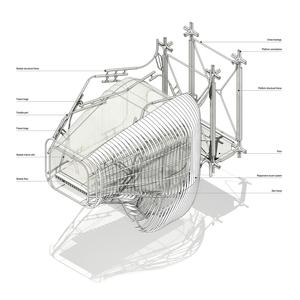
Our discipline stands at an inflection point, a shift from static schemas towards an understanding of building as 'a material organization that regulates and brings order to energy flows; and, simultaneously and inseparably; as an energetic organization that stabilizes and maintains material forms.' To achieve this, we must integrate Luis Fernandez-Galiano's vision of energetic and material flows with one that accounts for the fluctuating context of contemporary society. To that end, this project interprets architecture as a system that embraces dynamics, in order to perform both functionally and socially. The proposed designs explore alternative methods that supersede the traditional methods of design, and takes on the realm of data-driven and rule-based design as modus operandi to position and integrate temporarily in architectural design.
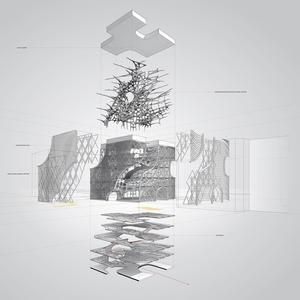
The globalization of capital and the sharp rise in technical capabilities have produced major scaling effects in every aspect of social and economical factor. As architects who design for such societies we need to get evolved with technologies to be able to understand and author control on the relationships that we design for. As Tschumi suggests, architecture should be studied through the three axes of space, movement and event. He defines events as 'a particular item in a program. Events can encompass particular uses, singular function or isolated activities'. When events are added to spatial sequence, they are not qualified independently but they construct a narrative that can be articulated through architectural language.
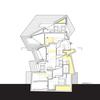
The ubiquity of information technology has transformed the navigation of spaces at an urban scale, thereby forever changing the way we conceptualize the structure of cities. An analogous transformation at a smaller scale has yet to be realized, as we continue to conceptualize and design buildings from a pre-computational point of view. This thesis speculates on the potential of just this - what new forms of occupation might arise once we have shed the limitations of rational space planning and wayfinding? The contemporary office provides a programmatic context for the investigation.
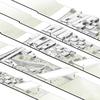
In this project, the systems inherent in a rule-based design take the position of a prompt, an artifice to activate the imagination of a human designer.
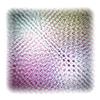
This project reconsiders the relationship between the traditional spaces of work, the office, and the traditional public spaces in cities, the street.
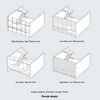
Computational design forces us to be explicit about our intentions, offering an expedient process to precisely articulate the forms and relationships that drive our designs. Further, it empowers us as designers, amplifying our intended moves and propagating our design patterns at scales not possible through other means. Two proposals are offered that seek to exploit these benefits: a corporate campus in downtown Oakland, and four satellite offices across the world.
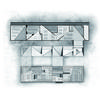
A reconsideration of an NSA data exchange hub re-imagined as a public library.
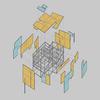
This research explores the application of a total generative design system applied to every aspect of the architecture design workflow. The logics of games, parametric models, thermodynamic and daylight simulation are all brought to bear in this totalizing system. While some aspects of design are more sympathetic to automation than others, this project leaves no obscure corner untouched and no detail in a suboptimal state.
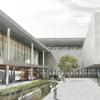
This project aims to account for the potential new forms of architecture that arise from the spatial requirements of autonomous machines, of the humans that interface with them, and the relationship between these two. In contrast with overly utopian or dystopian narratives of an increasingly networked society, this speculation focuses on ways in which the efficient logics of artificial intelligence and the humanistic interests of people might synergistically combine for mutual benefit.
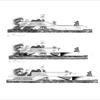
The visual experience of space is explored through two proposals: a corporate headquarters and a series of 'skybridge' connections between office towers in three cities. In each, a basic spatial logic is established based upon lines of sight, and generative of architectural form. Then, using the well-established ray-tracing techniques that underlie modern rendering engines, simulations of the visual character of these spaces are conducted to verify desired performances.
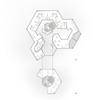
Here, a series of day-care facilities are considered through the lens of positive and negative space.
